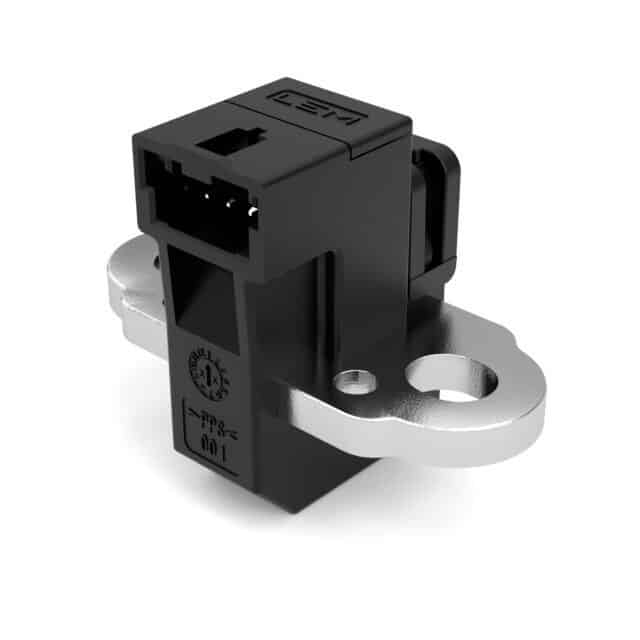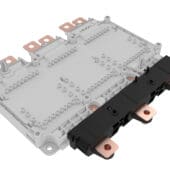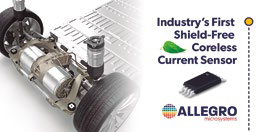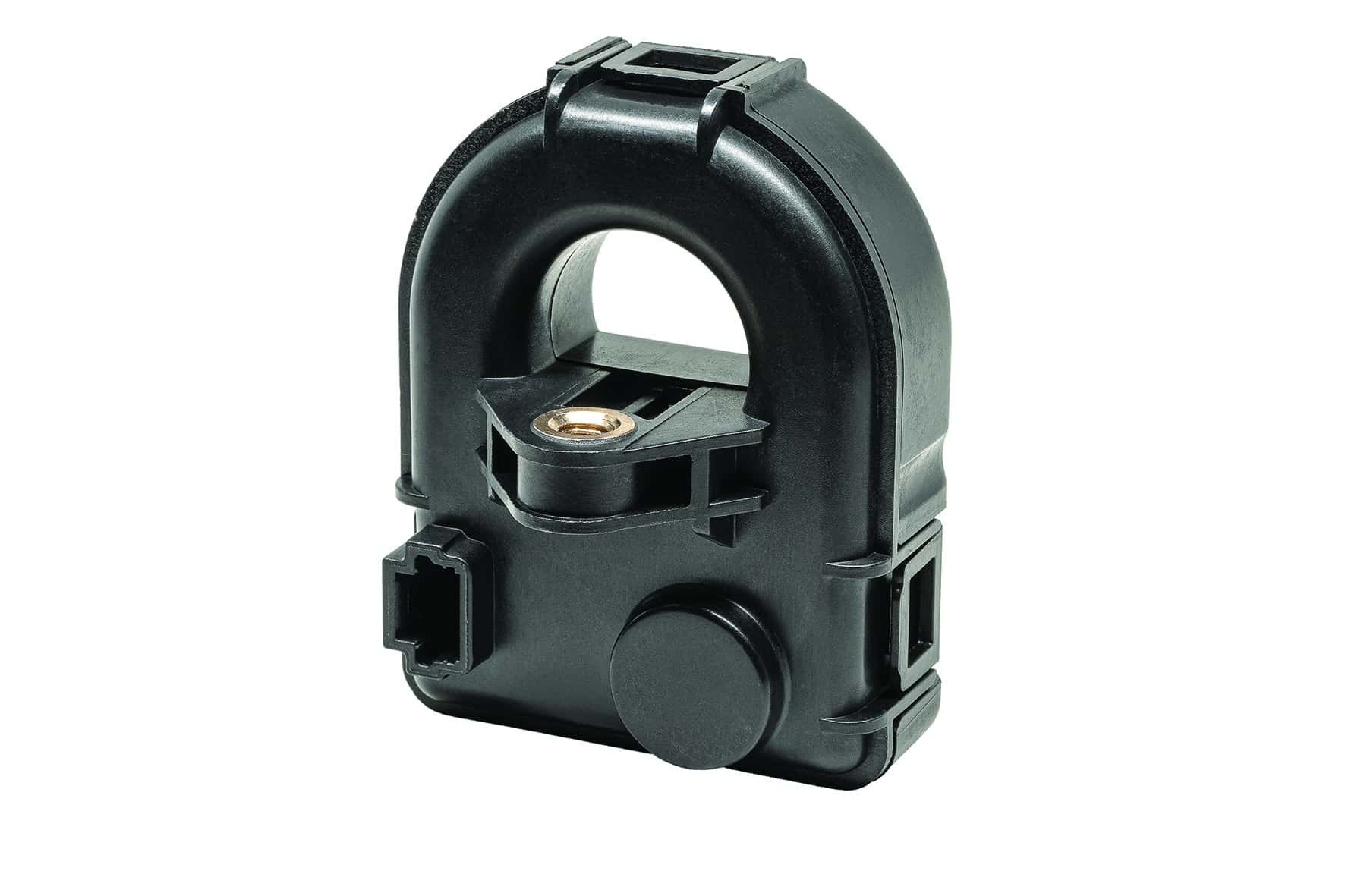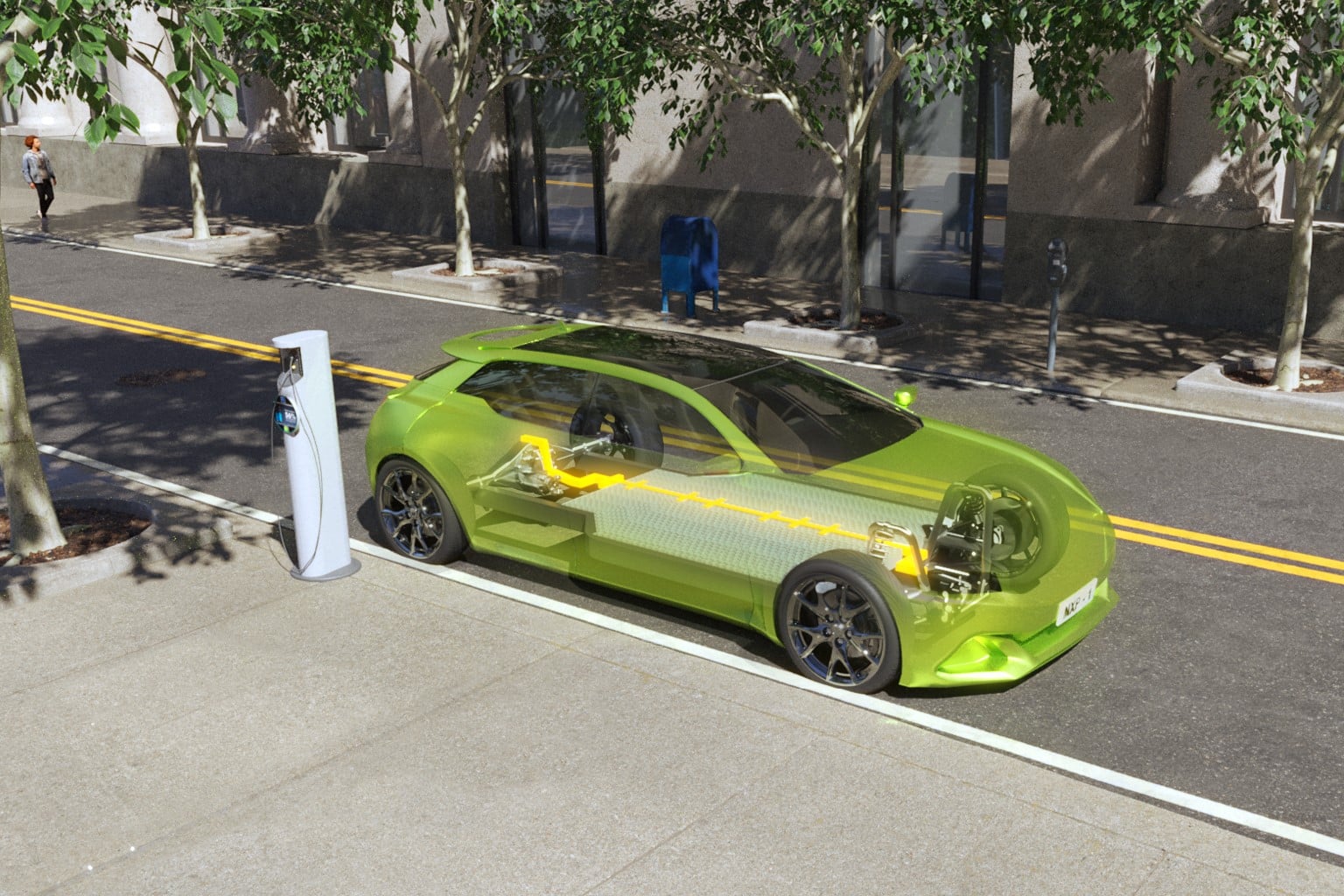LEM has introduced a sensor, the smallest on the market within its segment, for electric vehicle (EV) traction inverter designers to optimize the size, weight and efficiency of their products so that vehicles can travel longer distances between charges.
Charging speed and distance are vital in the competitive EV industry, and like all vehicle components, high-power integrated traction inverters are needed, which convert DC to AC and capture energy for the vehicle in order to add to their greatest performance that they are as small and light as possible. Measuring just 29mm x 21mm x 12mm and weighing 27g, LEM's new HSTDR current sensor is much more compact than a traditional C-core sensor, making it much easier to integrate into inverters with limited space.
The sensor enables traction inverters to operate at maximum efficiency by combining high accuracy, affordable cost, and its ability to work in demanding environments (the sensor has a range of -40°C to +125°C and is the robust enough to withstand vibrations up to 10G). Using open-loop Hall effect technology and an innovative magnetic core design, the HSTDR offers excellent immunity to external fields and interference, as well as a consistent response across frequency with small dispersion between devices ensuring more precise torque control.
This sensor is unique, not only because it is 42% smaller than its predecessor (LEM's HSNDR) but also because it weighs 50% less and its measurement range is 50% greater. Added to this is best-in-class accuracy and an overall error over temperature and lifetime of less than 3,5%. By providing EV manufacturers with the possibility to choose between different current measurement ranges in the same housing, between ±300 A and ±1500 A, the sensor guarantees galvanic separation between the primary circuit (high power) and the secondary circuit. (electronic circuit), which is also suitable for 800V battery systems.
LEM designers were able to minimize the size of the HSTDR, thus making it the only sensor for EV traction inverters, DC link and three-phase current measurement to integrate a busbar, starting with the previous model HSNDR, which fits to perfection in the smallest possible core opening. Now, with access to a fully calibrated core, busbar and sensing element assembly, automotive component designers and EV manufacturers will have the flexibility to further shorten the time to market for their products.
Sofiane Serbouh, Global Product Manager for Motor Control at LEM, stated: “With 50 years of experience in electrical measurements, LEM continues to push the boundaries and develop the solutions that design engineers in the automotive industry are looking for by working with traction inverters.
The challenge for designers is to create EV components that are not only high-performance but also compact and lightweight. The HSTDR does this perfectly.”


